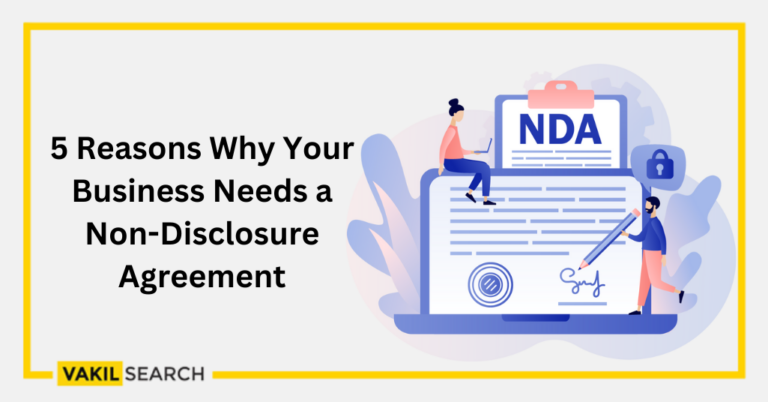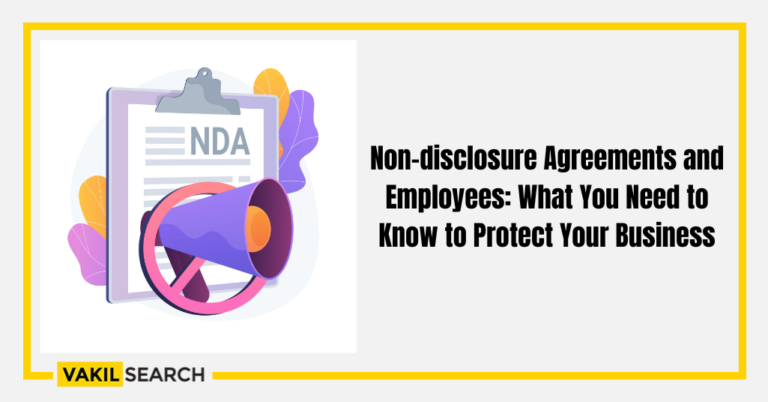In this article, you will learn about the types of a Non-Disclosure agreement and what all parties are included in an NDA.
An NDA, or “non-disclosure arrangement,” is a legal agreement between at least two gatherings that lets you know what information you or another individual or party should leave well enough alone.
NDAs are utilized by new companies and organizations in the event that workers, imminent colleagues, and so on attempt to uncover the business’ secret information.
They assist with safeguarding your organization’s proprietary innovations and other information like your company system or your clients’ contact list from being delivered to general society or contenders.
Types of Non-Disclosure Agreement
There are two types of such agreements; bilateral and unilateral. Unilateral is the one in that a party is bound to keep specific information about another party private. Bilateral agreements imply that each party will keep the other’s information confidential.
Here are a couple of examples:
Examples of Unilateral NDAs
- Employing a specialist. Much of the time, you’ll impart private data to your worker. However, they won’t impart it to you (and in the event that they do, ensure they’re not disregarding some other organisation’s NDA and classification arrangements).
- Employing project help or an expert. You need to know what are the Parties for NDA Agreement involved in Business.
Examples of Bilateral NDAs
- Mergers are the most prominent example in this case. If you’re considering a merger with another business, you’ll want to learn more about one another to see if it makes any sense.
- Trading your business. If you’re selling your business, you’ll probably want to know specifics about the buyer, such as whether they’ll pay, stick to your vision, and so on.
- Collaboration with another person or an organisation where you both want each other’s confidential information.
- Two businesses collaborate on a project.
What is the Purpose of NDA?
On the layout of all the non-disclosure agreements, you’ll see that you want to portray the “reason” for the NDA. You could offer something like “to make a model item for the uncovering party” or “to assess the potential business connection between the two gatherings.” The object is significant because it shows why the private data beneficiary can utilise it.
For instance, suppose you need to employ a designer to assist you with building your site. You share with him your field-tested strategies, so he has a superior thought of the sort of site to fabricate. You’d need to limit the reason in that situation to the “advancement of. . .” and afterwards depict the particular site pieces the engineer will create.
Without the limitation of that reason, the engineer could utilise the classified data to make a different, comparative organisation and benefit from the business’ secret information.
However, the template language (“evaluating the parties’ competencies of following one or more commercial opportunities”) is adequate in most cases.
The NDA’s Exclusions
The following NDA section is “exclusions.” These exclusions are required to increase the likelihood that your NDA will be upheld by a court (if it came to that). Only 4(a)(1) should be removed if you have already disclosed confidential information to the recipient. Otherwise, the exclusions as written should be sufficient in most cases.
NDA Agreement Term
This agreement could just cover a single contract that lasts a few days, or it could last indefinitely. The length of the deal is determined by the period that covers the predicted relationship. An NDA frequently lasts more than the contract or relationship itself, precisely for as long as the business secret remains hidden.
You should probably include a clause stating that the business secret must be protected even after a commercial relationship or other votive agreement ends. If you’re stuck for ideas, keep in mind that the regular period is 1 to 5 years. Also, keep in mind that the period must last as long as you require the information. You Can get some best services from for making NDA for online business from Our Expert Freelancers.
Parties involved in NDA
An NDA has two main parties: the Disclosing Party and the Recipient or Receiving Party.
Only one party discloses confidential information in a non-mutual NDA (or unilateral NDA). Employee contracts are an example of a non-mutual agreement, as is pitching an idea to a potential investor and wanting to ensure they don’t take your ideas and run. In these situations, you are the only one putting something private out there and risking a secret being spilt.
These non-mutual agreements make it simple to recognise the Disclosing and Receiving Parties. The Discloser, also known as the Disclosing Party, is the party that releases private or confidential information. In contrast, the Recipient, also known as the Receiver Party, is the party that is trusted with the big secret.
Mutual NDAs, on the other hand, are a little more complicated. In a mutual agreement, such as when two businesses consider merging or collaborating on a project, both parties are the Disclosing Party and the Recipient Party. Both parties will share sensitive information with the other party during the negotiations.
As a result, the NDA you will construct and sign should specify who is who and in what capacity. It doesn’t have to be complicated; just make sure the agreement is well-organized so that no one is confused about who is revealing which secrets.
You can Know more about the Agreement for Shareholder Format in business.
Signing a Non-Disclosure Agreement
When signing the NDA, make certain that you sign as the correct party. To summarise, if you’re signing on behalf of a company, the company will be listed as the signatory, your name will be under the signature line, and “By: ” will be to the left of the signature line. If you’re unsure, read up on how to sign a contract.
Conclusion:-
In this article, we have discussed the parties involved in signing a non-disclosure clause and the types and purpose of the agreement. Not only this, but we have also discussed what should be included in the agreement and things to keep in mind before signing the NDA.
Read more:-










